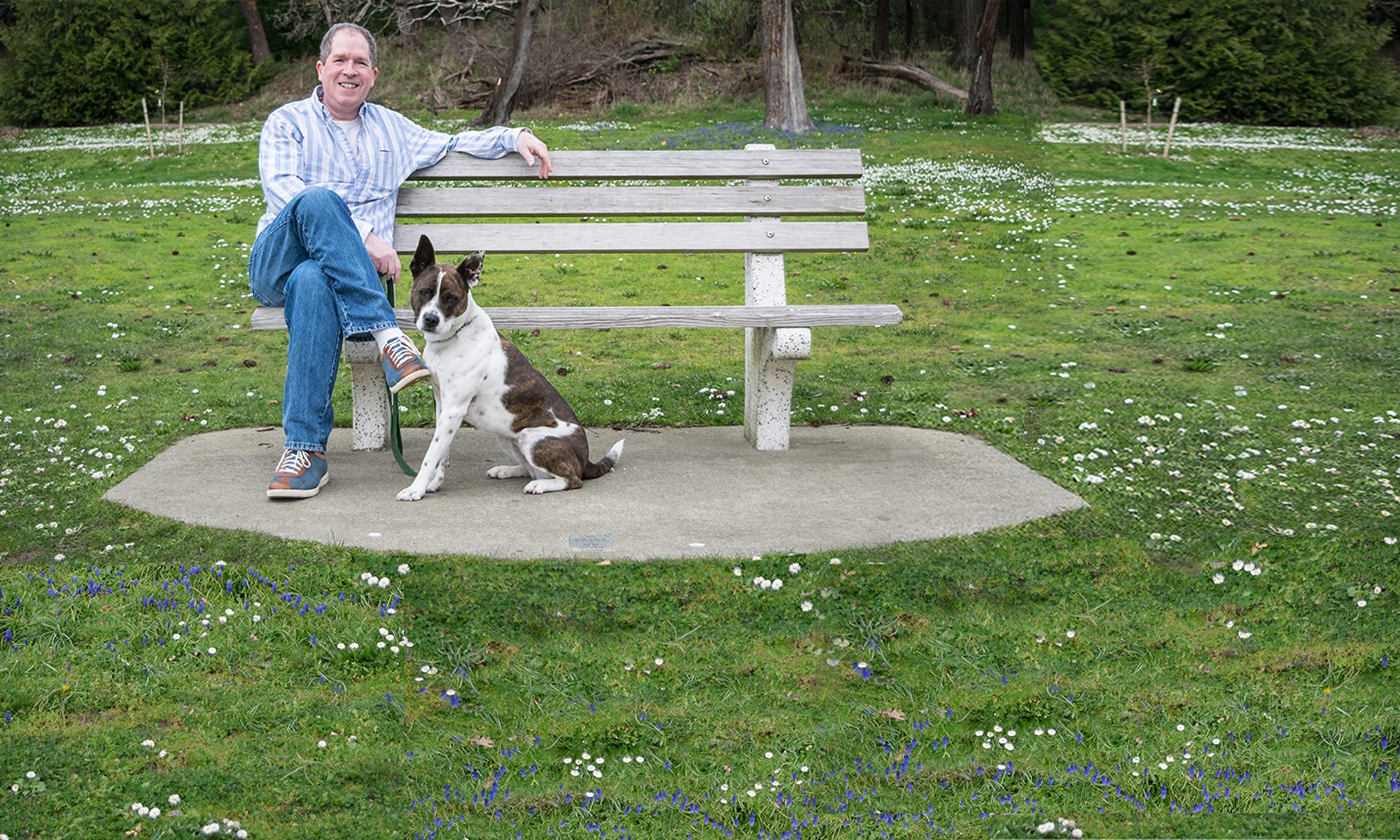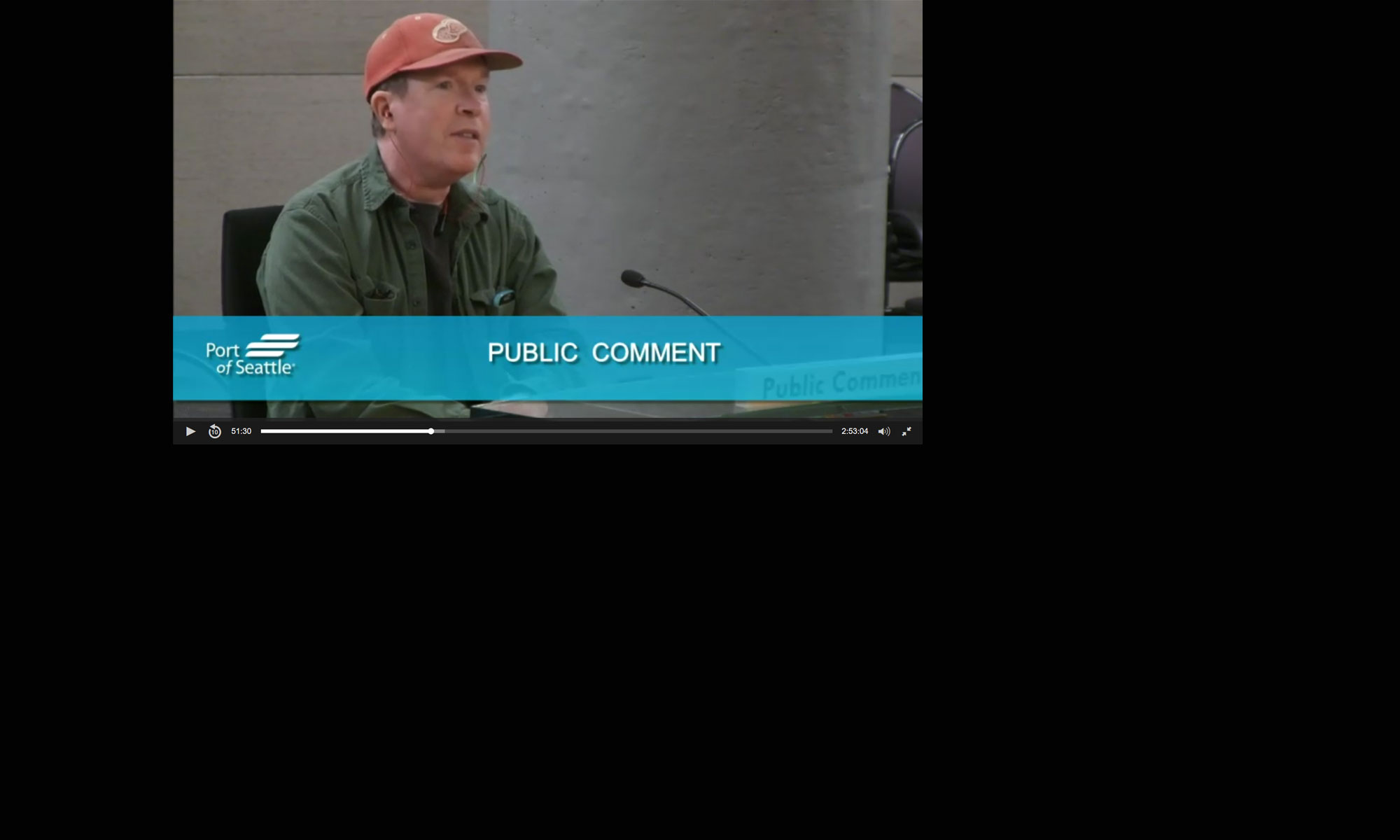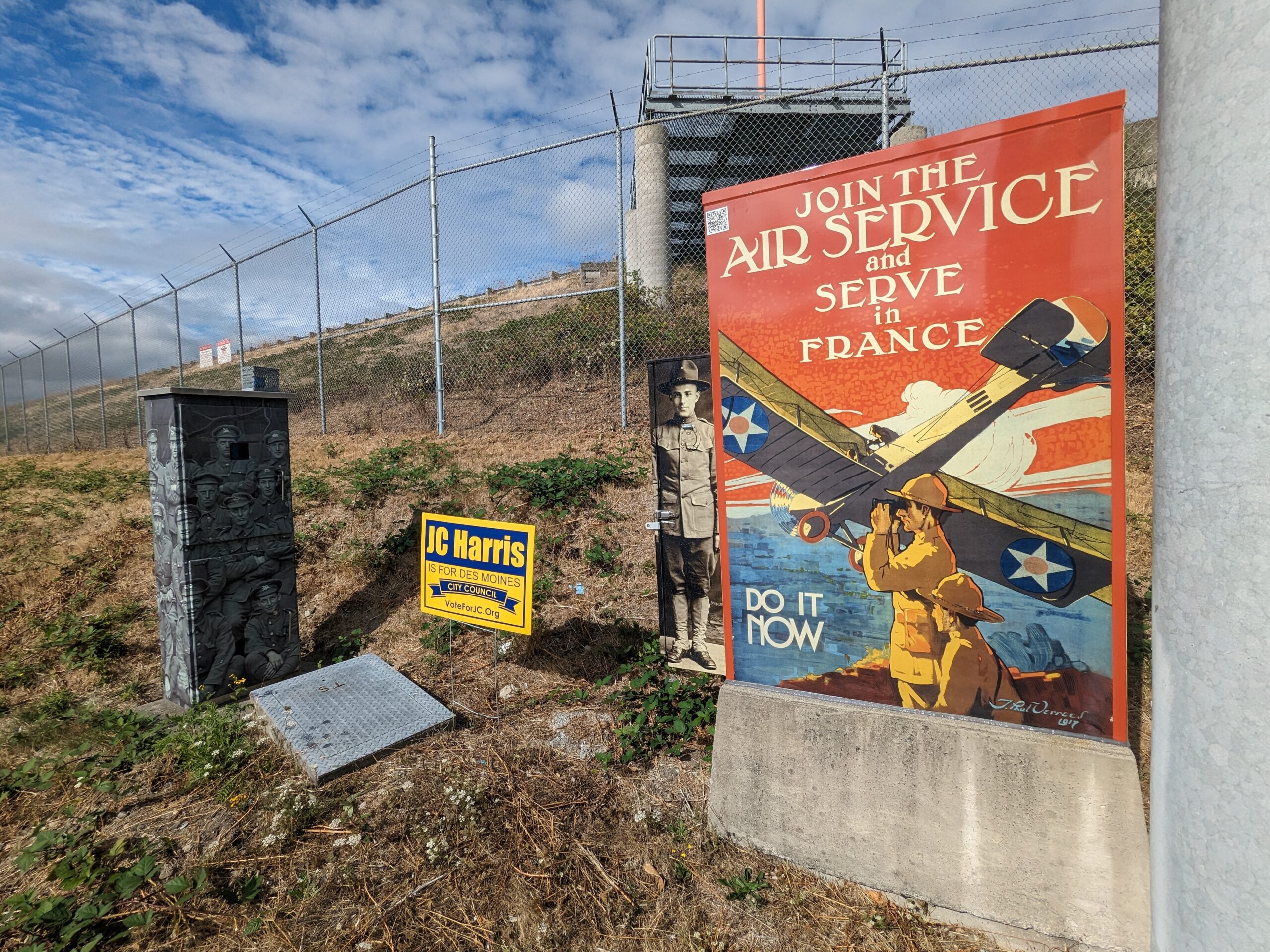This Week
Tuesday: Puget Sound Regional Committee (PSRC) Transportation Board Zoom Meeting. (Remember: they’re most important agency nobody knows about.) Discussion of Fast Ferry and about half a billion in regional transportation monies. (More below.)
Tuesday: phone call with Senator Karen Keiser on air quality monitor stuff.
Wednesday: come have lunch with me at the Senior Center. Get an EATS voucher!
Thursday: My first committee meetings ever. Woo hoo. Transportation and Environment. You can listen in by signing up here to Zoom in.
Thursday: City Council Meeting Study Session (Agenda) Note: A ‘Study Session’ means that the agenda is constrained to the item(s) to be ‘studied’. The practical effect is that, per Council Rule #10, no public comment will be taken unless it is to do with those items. Which are:
- Whether or not to re-join the StART. It looks the majority will vote to re-join. We left last year in concert with Burien and Federal Way. But now we are re-joining (apparently) unilaterally which I think is a mistake–we left as a group and if we re-join, we should also do so together. For the record, I never thought it was wise to leave in the first place. It’s complicated. 🙂 As the SAMP (airport expansion) approaches, I’ll try to clear up the confusion.
- Tearing down the Van Gasken House. This breaks my heart. Now purchasing this property back in 2017 was a fantastic idea. But apparently the grant the City is using to redevelop the property almost demands it (all grants are loaded with nasty strings like this, see pg 11 of the packet and the essay below.) The question I have is: was this the plan all along? I mean, did we go into this purchase knowing that we’d have to demolish it in order to get redevelopment money? Can’t we just leave it as is and wait for a grant that gives us the option to save the house? Again: this is where I differ from my colleagues. I think this is the kind of deal where the public should have a chance to weigh in on the issue in a meaningful fashion.
Last Week
Monday: I attended a very good meeting hosted by our State Representative Tina Orwall to try to move forward on her HEPA Interior Air Quality Study. Also in attendance were Mayor Matt Pina, officials from Highline Schools as well as State Senator Karen Keiser. There have been several encouraging studies now that seem to indicate that better air filtering in schools can lead to not only healthier kids, but also higher test scores. This study will provide valuable information on how we can improve air quality in public buildings and our homes–and what benefits that might yield.
Tuesday: I gave testimony at the Port Of Seattle’s Special Meeting on Policing. Here is the letter I sent to the commissioners. I think their willingness to have a meeting where the public could vent a bit is important and it’s something we should do here as well. I’m also pleased to report receiving personal replies from two commissioners.
Tuesday: I attended a Highline Good Neighbors Group meeting in Burien. This is the group Melissa Petrini started last year in Normandy Park to try to unite residents from all our communities to discuss issues of public safety, homelessness, drugs, etc. The group had made great progress until COVID-19 made things impossible. She’s starting up again with a group of twenty and we’ll see if we can get the ball rolling again. I really think this is the sort of community work that needs to happen in order to make the area safer and–and also tamp down on some of the polarization. If this sounds like something you’d be interested in, just email Melissa with “Highline Good Neighbors” in the subject line.
Wednesday: come lunch at the Senior Center. Get an EATS voucher!
Wednesday: I spoke with Mark Finstrom the Chief Technology Officer of Highline Schools. The school district intends on a levy to provide better technology services for students, but there may be other opportunities to get broadband for our kids, which is a high priority for several Councilmembers.
Thursday: a briefing from King County Metro on the fiscal challenges facing Metro, and the service changes you can expect this fall.
Saturday: OK, I know I said I might do that Running Of The Flags fun run and as it turned out? I LIED. 😀 My excuse is basically that I have old dogs and the blasting started early in the day in my neighbourhood. So with no canine-antidepressants handy, I decided to leave town and give them a break. What does this have to do with City Council? I am told that, as with last year, someone from the Police Department will give a report at the beginning of the next City Council Meeting as to their response to all the fireworks complaints. So be sure to tune in July 9 at 5pm for that. 🙂
Sidewalks
Surprisingly, I got a bunch of follow-up questions about last week’s rant on Committees. Which is why I’m going to totally ignore them and talk about something completely different this week. 😀 (There is a lot more to say about committees, but I’ve got a plan here with these rants. And besides, we were just talking about the difficulties of ‘grants’, so forgive me changing direction like that.)
In the Top 3 of most residents’ questions (especially women and parents) is undoubtedly “Why don’t we have sidewalks?” It’s a fair question. The short answer is: They cost an absolute fortune. To which you’ll reply, “What? Concrete? How expensive is concrete?” Yes. The cost of concrete (like so many other aspects of construction) is huge. I know you think it’s the five guys who supposedly stand around and do nothing on the crew, but that’s not really it.
Grant Land
So remember I talked after our last City Council Meeting about our Transportation Improvement Plan (TIP)? Go open that and take a gander at the big City project for 2021: Priority #5 (24th Ave. from 223rd down to Kent Des Moines Road). About ten blocks. Now check the price tag: $4,638,000. Eye popping isn’t it?
The first thing to notice is that the City portion is only about 25% of the total. And that’s typical. The lion’s share of big projects like this are funded from Fed, State and County grants. And by the way, most of the Federal transportation funding to Des Moines actually comes from the PSRC (see Tuesday above) so they’re a big player in this too. All these sources of funding come with pages and pages of †rules and regs
A big portion of our City’s staff time is spent scouring the bowels of State and County programs for opportunities to get the other 75% that small cities like ours can almost never afford on our own. And while it’s great to get ‘free money’, none of it is really ‘free’ because it takes a ton of work to find and almost all come with *strings. But the biggest drag, in my opinion, is that we don’t control our own fate–we have to win those grants before we can determine what projects we can do, and when. Because we’re always competing with every other city for the same bags of money.
Which brings me to the last thing I wanted to mention about the TIP: Notice how the vast majority of projects have empty spaces next to the funding and scheduling? A City Council could proclaim like feudal kings, “Sidewalks for all!” But until the grants show up? It’s all fantasy.
In short: The costs for sidewalks, even a single block, starts at six figures. So you need to use other people’s money and follow their rules and their schedules.
You can’t be in the game if you’re not on the board
Now despite all my grousing, if you want any traffic project (say a speed bump) it is still very important to get your idea on the TIP as soon as possible. If your idea isn’t on the TIP? No one will even begin looking for money to pay for it. Grants come in all shapes and sizes. If your idea is small, a grant might be found right away and ‘Presto!’ it might be possible to move your idea to the top of the stack. As I always say: advocate, Advocate, ADVOCATE for what you want.
So what’s the answer?
Not to sound flip, but the ‘answer’ to more transportation projects is simple: make more money. 😀 Look, I never promised a “secret sauce.” Because there is no secret sauce. My only goal was to give you some understanding as to why this most basic desire from residents has become so hard to achieve.
There is no way a small city like ours can ever afford sidewalks in established neighborhoods without a lot more revenue. As I see it, there are two solutions, sadly neither of them with instant relief:
1. A radical reform of how Cities are funded (that’s beyond this essay, but in one sentence, most of your tax dollars go to the State; very little actually goes to the City Of Des Moines.) Given how reluctant voters are to trust any changes to the tax system, I ain’t holding my breath. But at some point, some legislation needs to happen to keep more of your taxes here in Des Moines.
2. A dramatic re-think of local economic development. That’s the reason I kept ranting about ‘economic development’ during my campaign. Because business formation is the only chance a city like Des Moines has to improve its ability to build more sidewalks. Unless you enjoy more taxes, of course. (Where’s the eye roll emoji when you really need it?)
Summary
Sidewalks are very expensive to build in established neighborhoods. Small cities like Des Moines actually keep a small percentage of the taxes you pay to the County and State so transportation projects (like almost all capital projects) are funded overwhelmingly via grants (aka ‘other people’s money’) But grants are often unpredictable and usually come with lots of strings. Those strings limit not only how many projects we can do and when we can do them, but also the design of the things we do end up building.
*Here is one more example of the strings that comes with grant funding: Did you know that concrete is one of the top five contributors to global warming? Really. Making concrete pollutes more than just about anything else you can think of. So one reason construction is so expensive now is that every government tries to specify low-carbon concrete. Which is waaaaaay more expensive than Brand X concrete. That’s just one example of the rules and regs. There are literally hundreds more.
†Another example of a grant rule is that the grant we are using to redevelop the Van Gasken house says you can’t have an existing structure on the redeveloped property–Oops!



